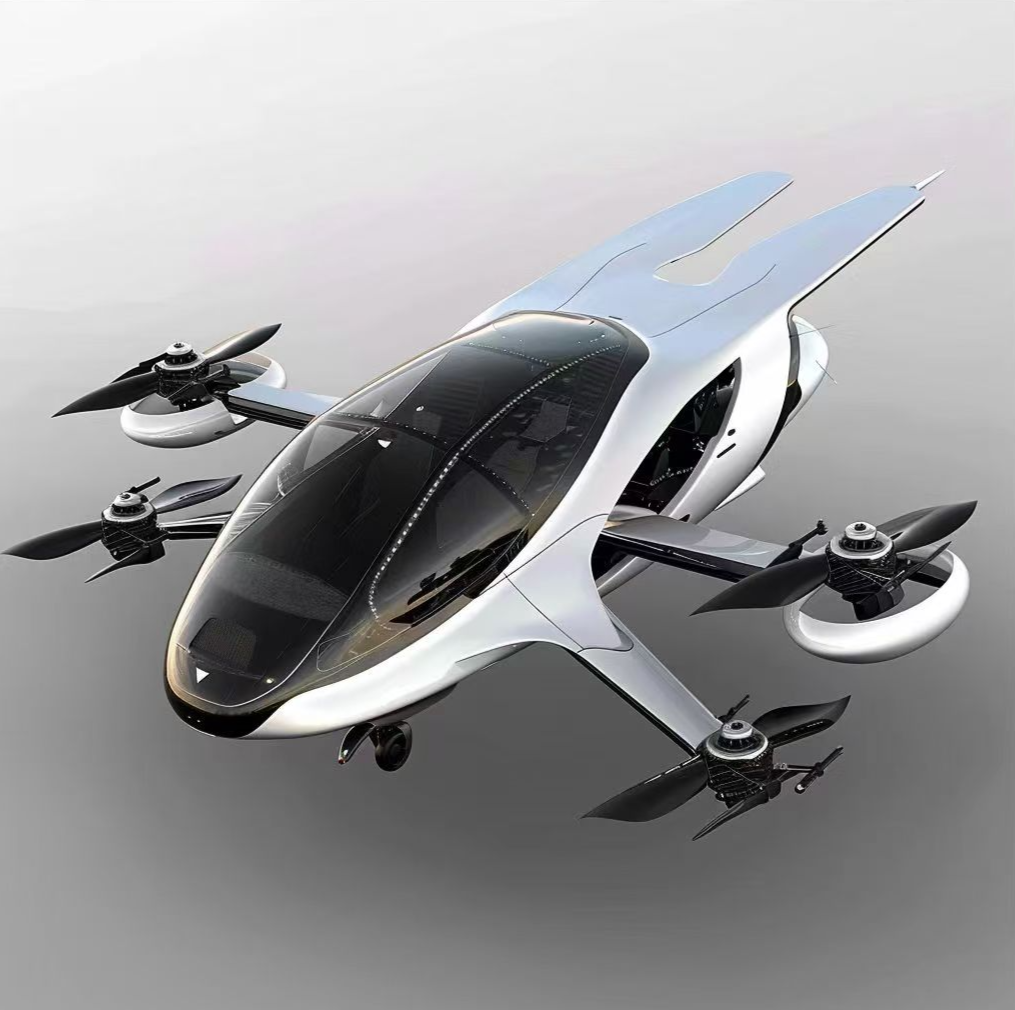 Bridging News
Bridging News
Chongqing Aviation Enterprise Sets China's Longest Low-Altitude Flight
Chongqing - A plane from Chongqing Lonssa Aviation Industrial Group Co., Ltd (Lonssa Aviation) recently returned to Chongqing Liangjiang New Area. It had traveled for 12 days, starting in Chongqing and crossing 12 cities. The flight, which covered nearly 10,000 kilometers, is a record-long low-altitude flight in China.
Low-altitude flight refers to flying in the low-altitude airspace below 3000 meters above the ground. Xu Xiaolong, the chairman of Lonssa Aviation, participated in the entire journey and described the experience as "a rare and meaningful challenge and endeavor."
 A
crew
member is conducting a pre-flight inspection and preparation of the aircraft. (Photo/Lonssa Aviation)
A
crew
member is conducting a pre-flight inspection and preparation of the aircraft. (Photo/Lonssa Aviation)
"Ensuring flight safety is our top priority," Xu stated. To achieve this, Lonssa Aviation implemented several safety measures, including deploying experienced pilots and crew, conducting rigorous aircraft inspections and maintenance, and establishing comprehensive emergency plans and rescue mechanisms to ensure the flight.
Xu said the flight was challenging, and they managed to overcome difficulties such as adverse weather conditions and air traffic control constraints through meticulous preparation and effective coordination.
He emphasized that low-altitude flights are susceptible to weather conditions, and any changes in conditions can directly impact flight safety. As a result, the crew conducted thorough weather assessments before take-off to ensure the smooth progress of the flight.
Regarding air traffic control, Xu also mentioned that low-altitude flights face stricter airspace regulations, making close communication and coordination with relevant air traffic control authorities more crucial compared to traditional flights.
He added that low-altitude flights offer greater flexibility and convenience than traditional flights. They enable fast travel between cities, avoid the constraints and congestion of traditional flight routes, and provide better transportation options for remote areas.
The low-altitude economy, emerging as a new frontier in China's economic development, is poised for significant growth. According to People's Daily, research institutions estimate that China's low-altitude economy exceeded 500 billion yuan ($68.829 billion) in 2023, with projections suggesting it could reach 2 trillion yuan by 2030.
Xu explained that the low-altitude economy encompasses various economic activities within low-altitude airspace, such as drone delivery services and electric vertical take-off and landing (eVTOL) aircraft. He emphasized that this emerging sector is widely regarded as a crucial growth area for the future of the global aviation industry.
Among them, eVTOL, a flagship product of the low-altitude economy, has attracted significant attention. According to Xinhua Finance, China is set to launch eVTOL pilot programs in six cities, including Hefei, Hangzhou, Shenzhen, Suzhou, Chengdu, and Chongqing.
Xu highlighted that eVTOL represents a new generation of urban air mobility designed to provide faster and more flexible connectivity between cities. Unlike the aircraft in this low-altitude flight, eVTOL is tailored for short-distance, high-frequency travel in nearby towns and regions.
 The tilt-duct UAV, named Runway, was developed by Lonssa Aviation. (Photo/Lonssa Aviation)
The tilt-duct UAV, named Runway, was developed by Lonssa Aviation. (Photo/Lonssa Aviation)
Lonssa Aviation is actively advancing in the eVTOL sector by developing tilt-duct unmanned aerial vehicles. These vehicles are capable of vertical take-off, landing, and rotation and are designed for applications in areas such as manned transport and tourism.
Xu revealed that the four-duct version of the aircraft has already completed development and entered the testing phase, while a six-duct version is currently in progress. Lonssa Aviation expects to secure airworthiness certification for the aircraft by 2025, marking its official launch into the market.
 Related Stories
Related Stories